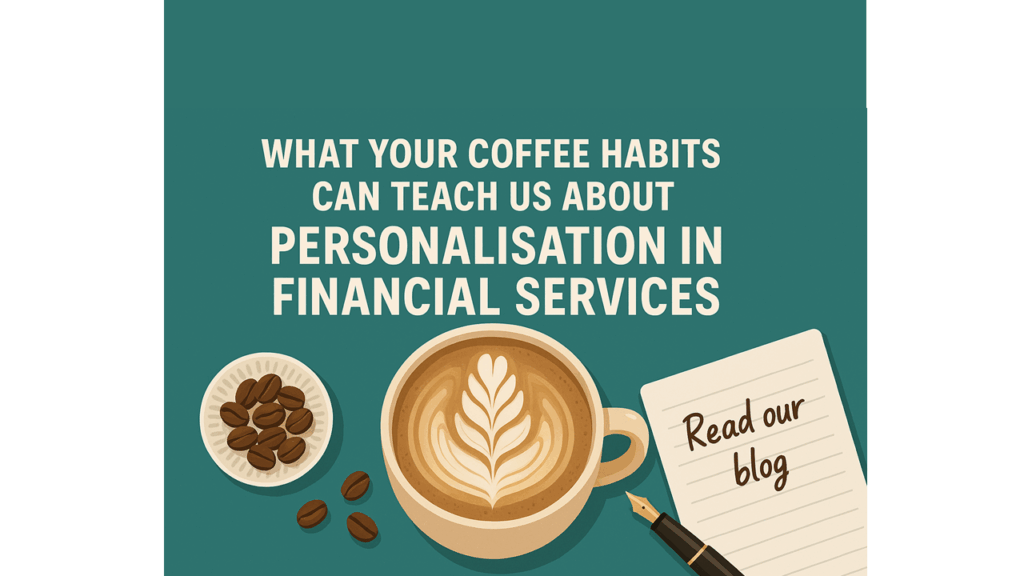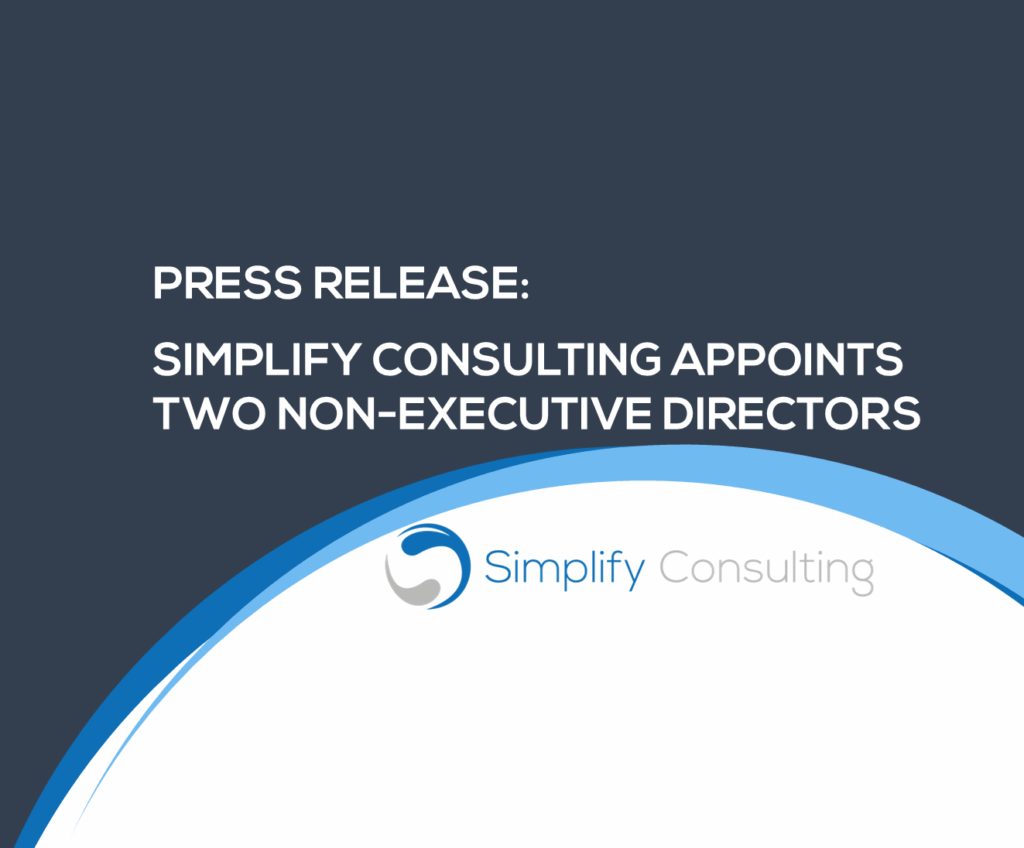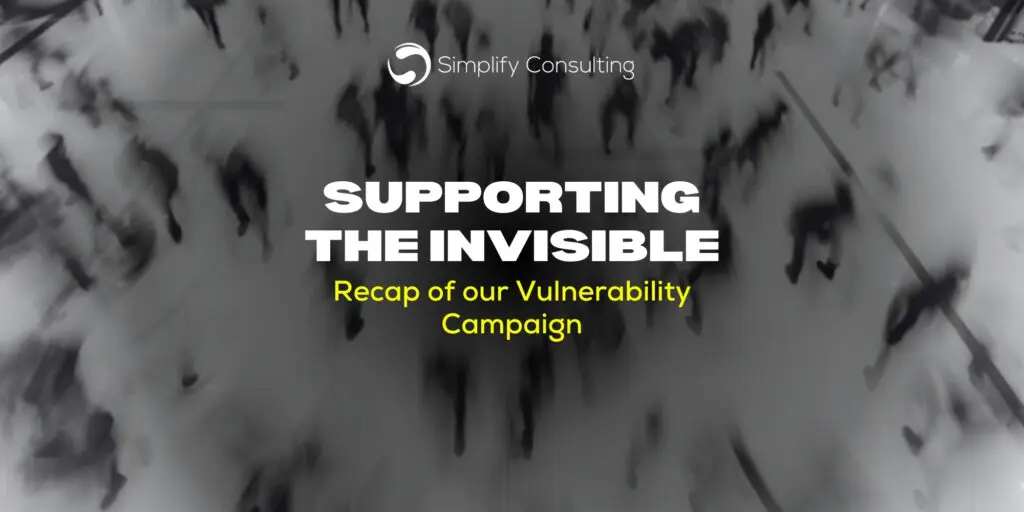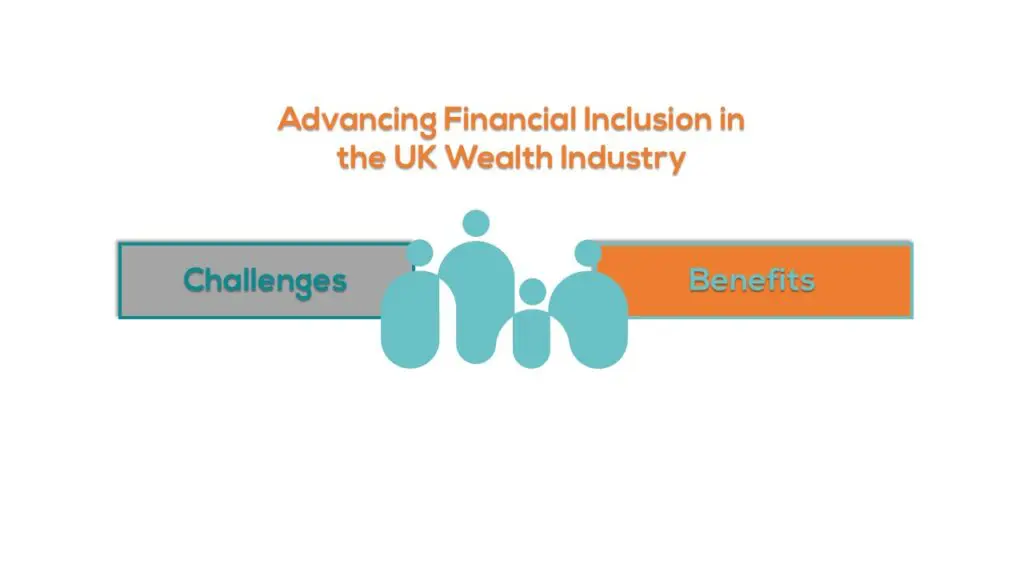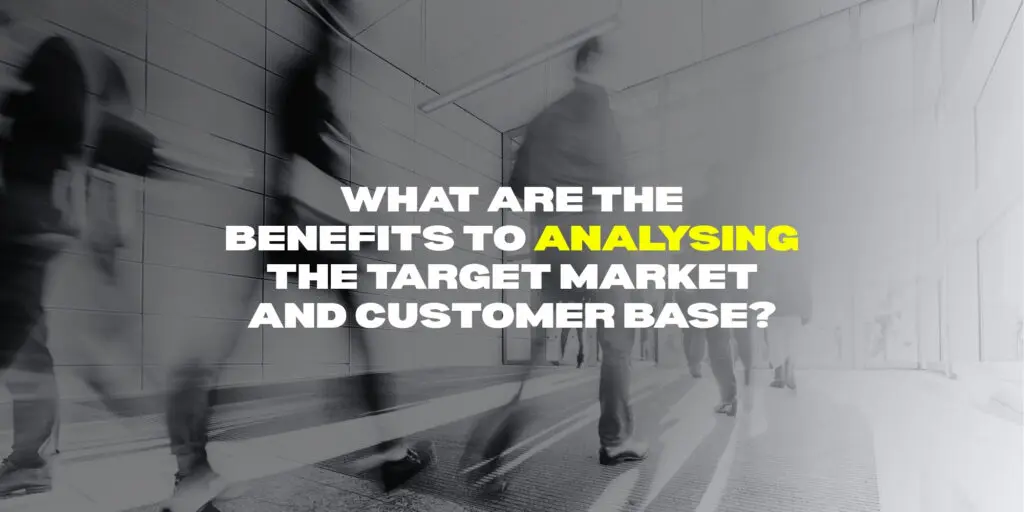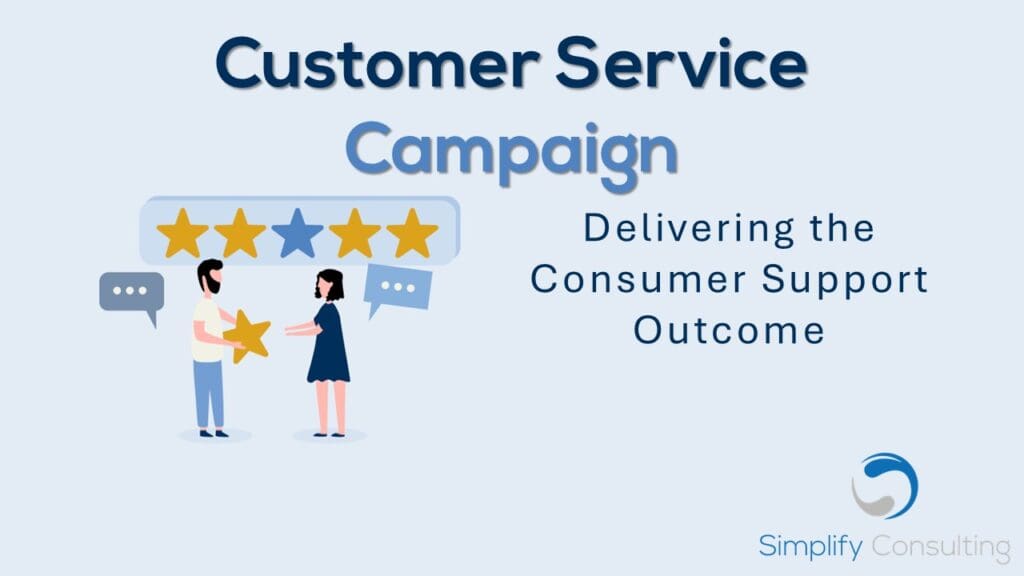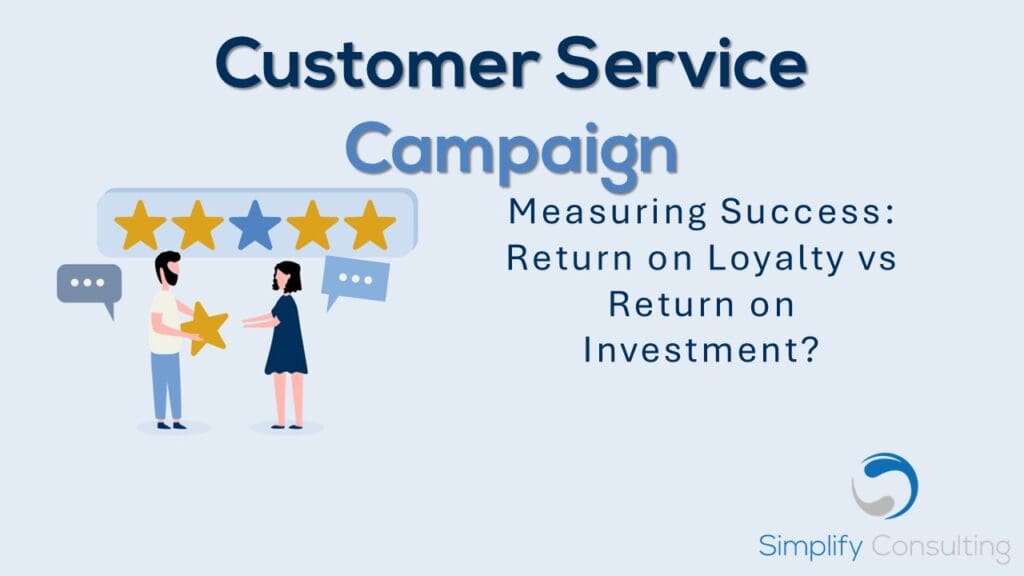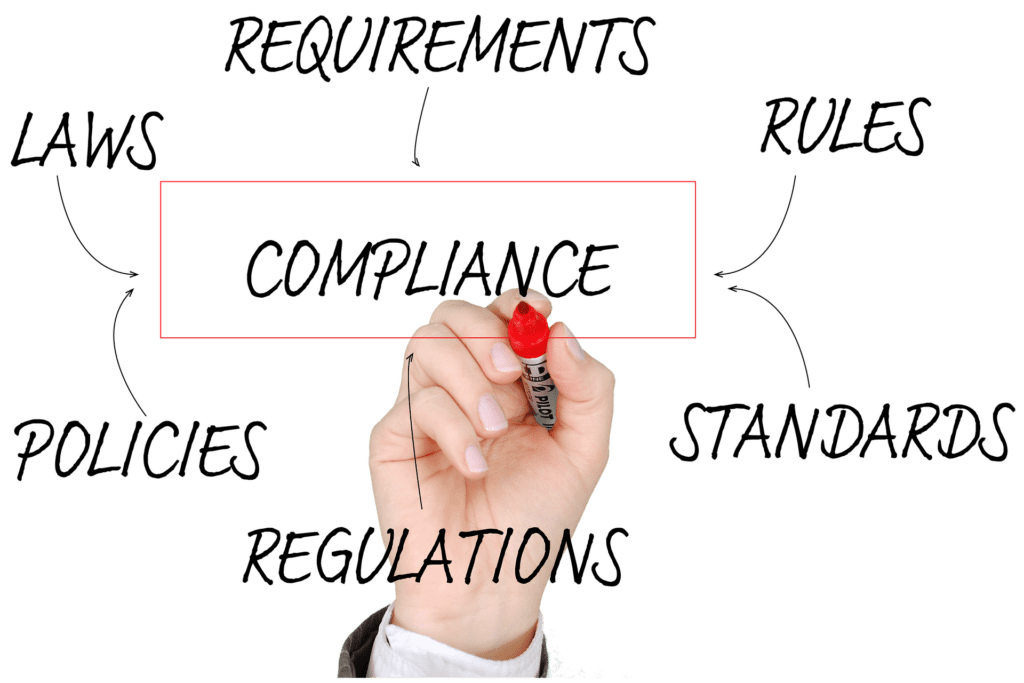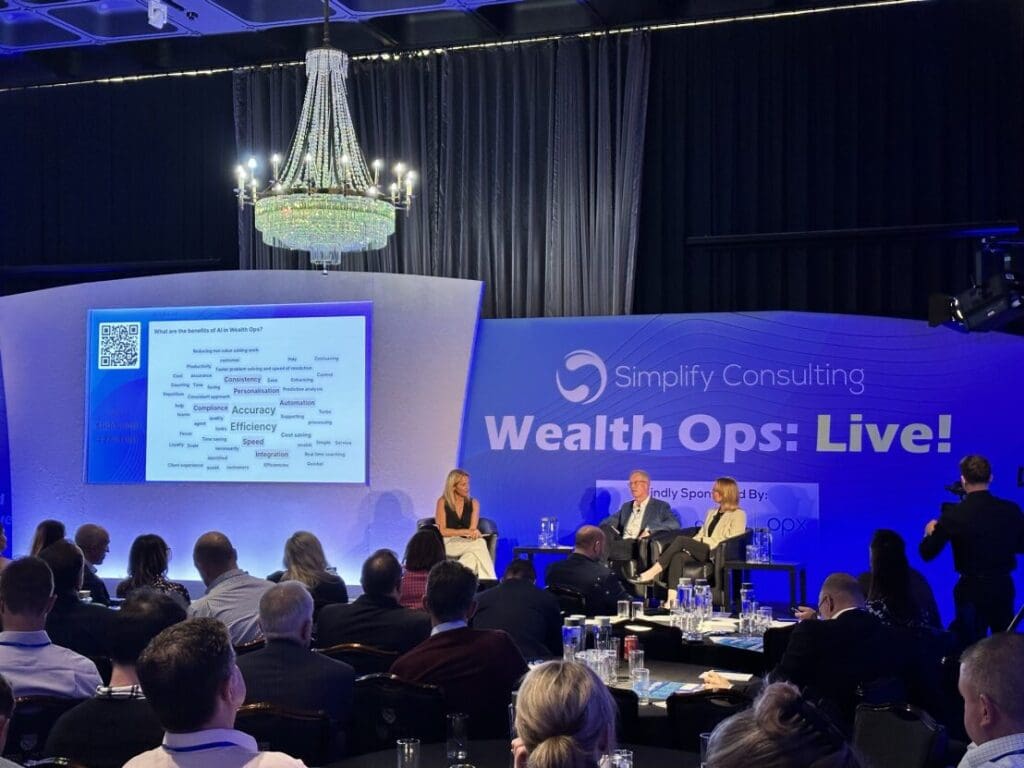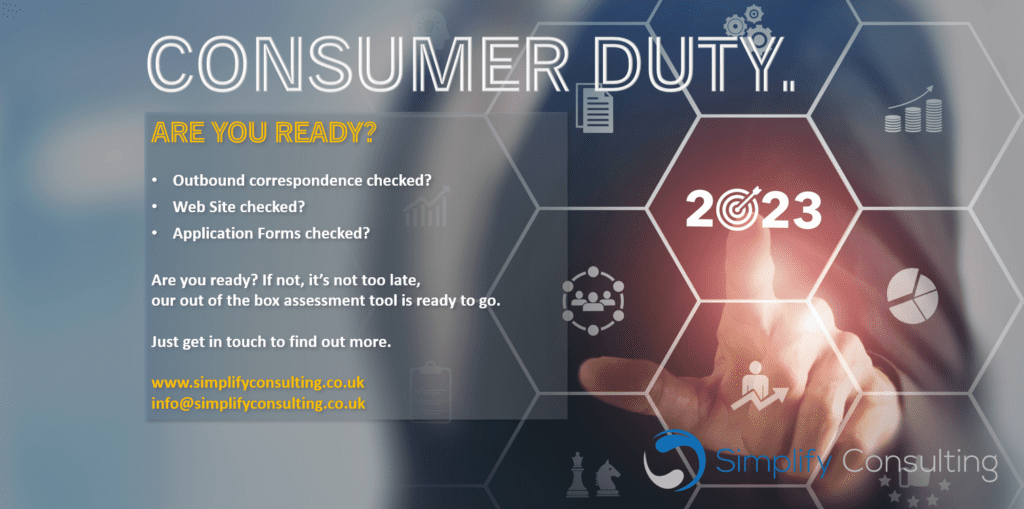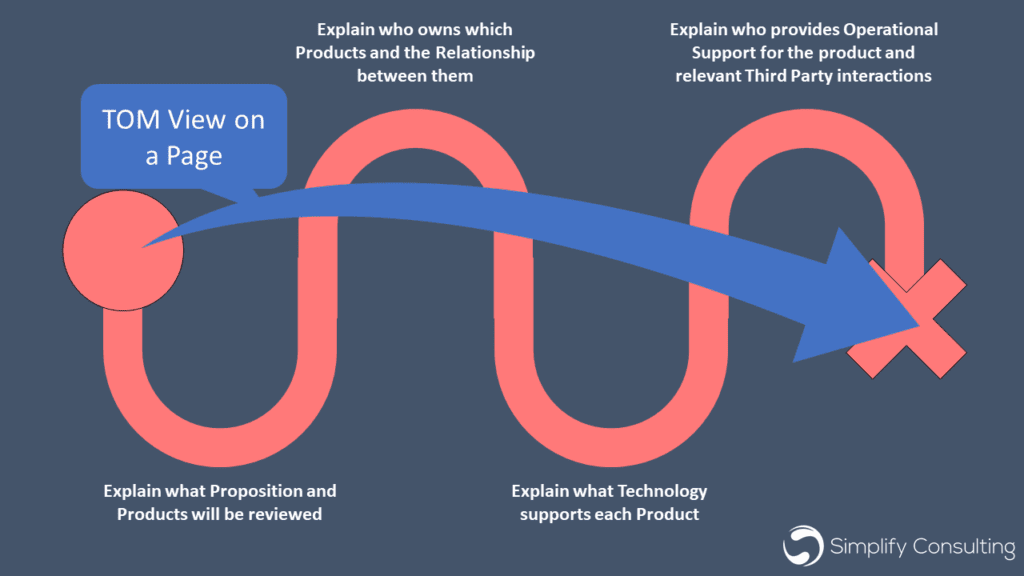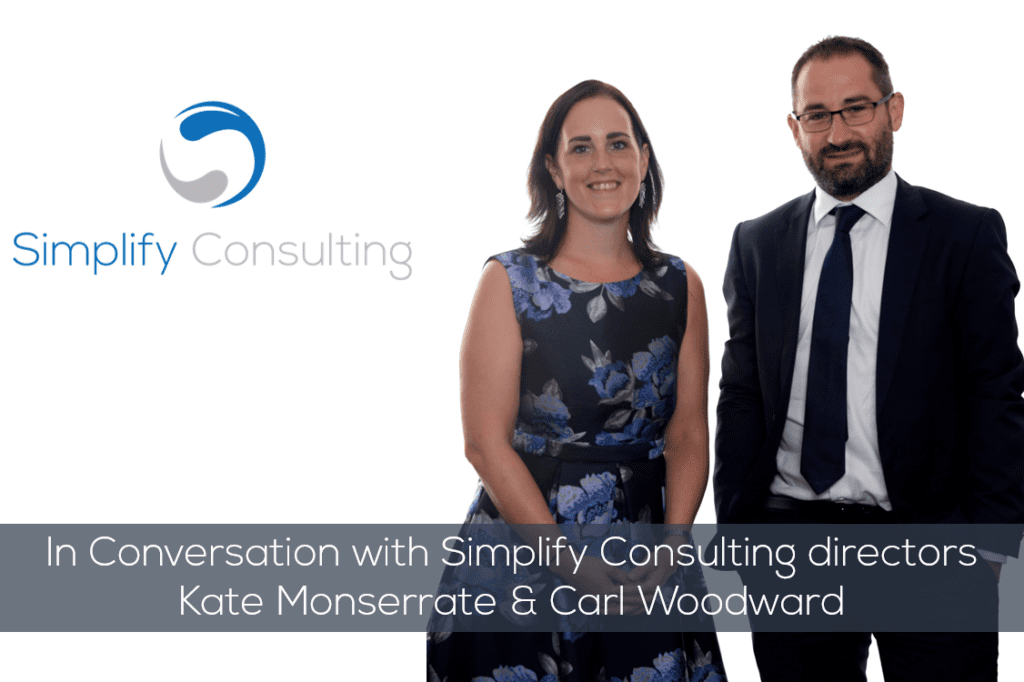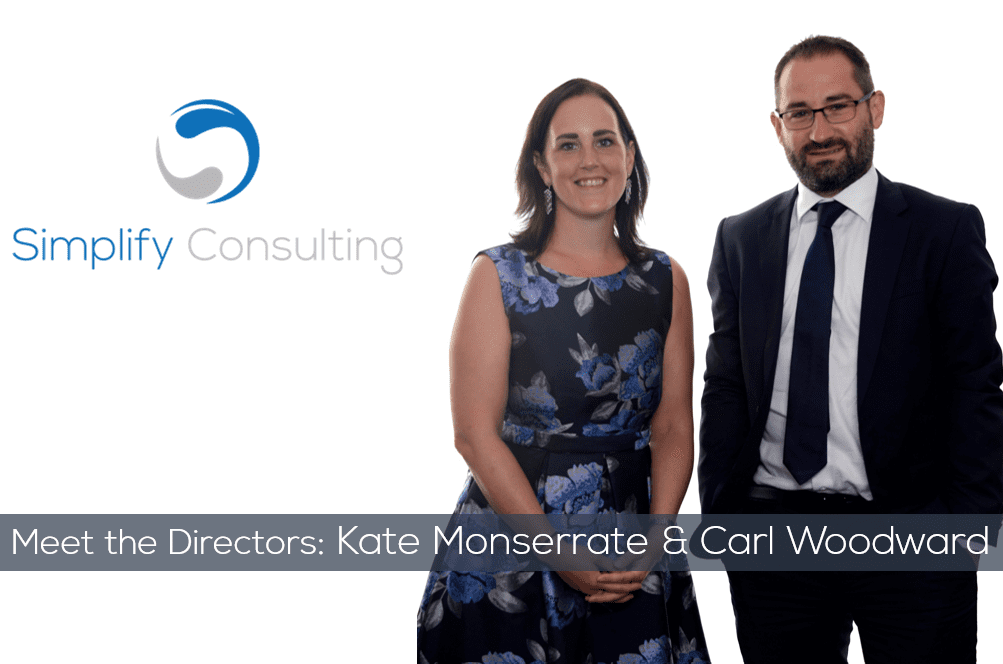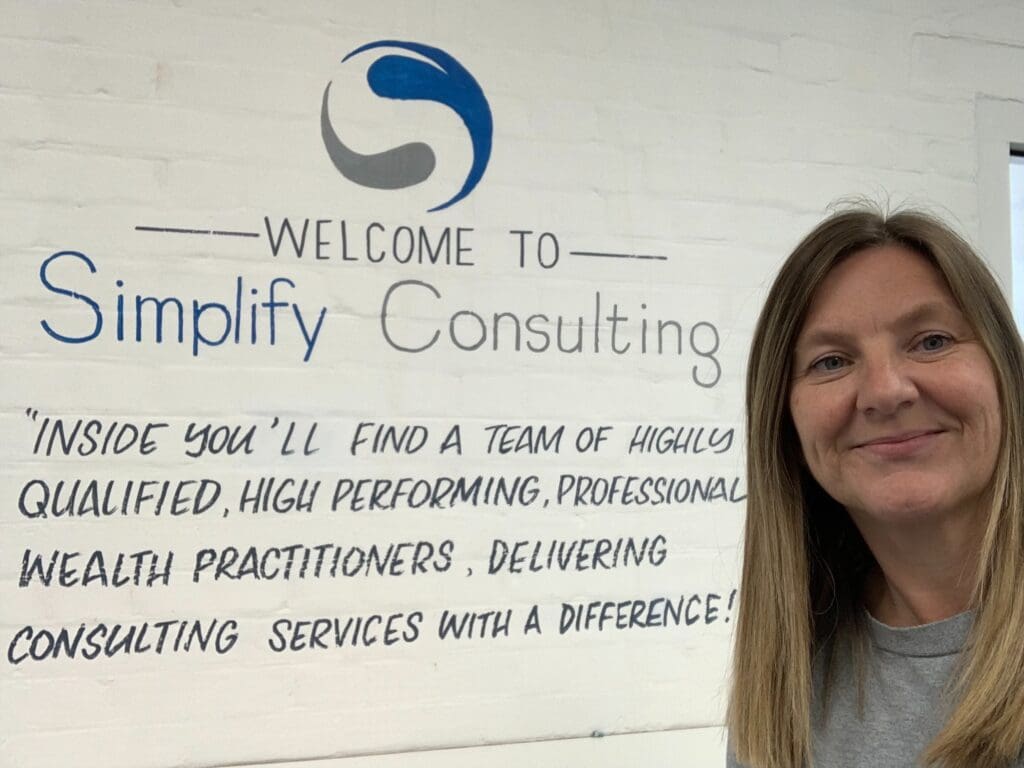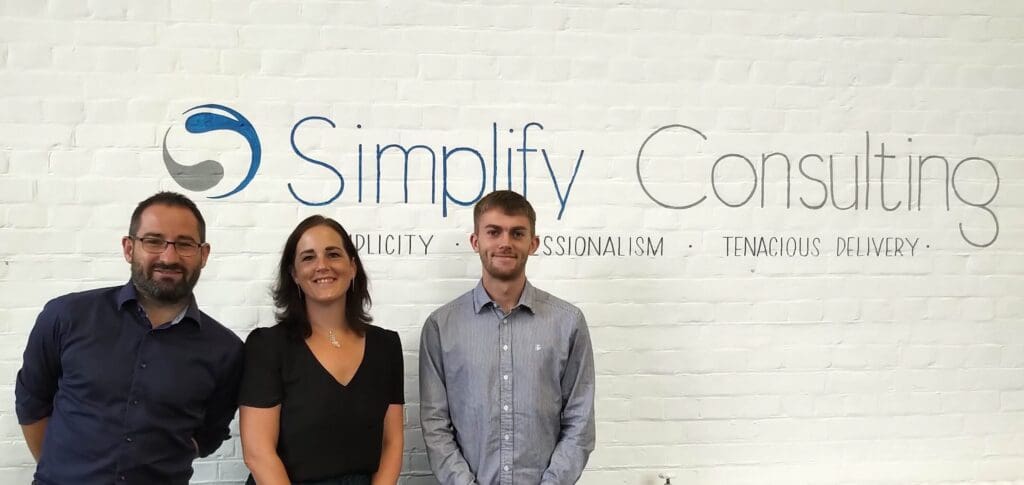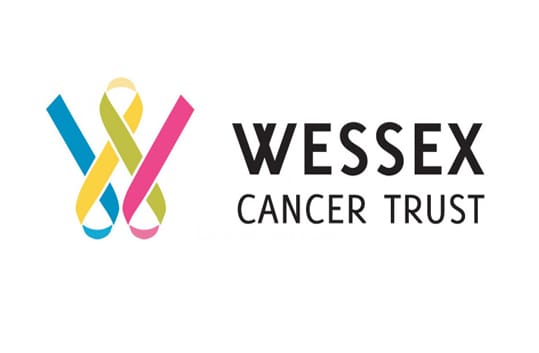Well-known and hotly anticipated regulation changes this year saw the pre-existing Vulnerable Customer Guidance form part of a new Consumer Duty. The regulatory changes mean firms need to consider not just the characteristics of broader customer groups, but vulnerability characteristics too, so good outcomes can be achieved for all.
At Simplify we do a lot of work with our clients on Process Optimisation; mapping current state processes and identifying changes to design a future state process which brings efficiencies to the business. Whilst this is a crucial activity for firms where there are still operational cost challenges, it’s also a huge opportunity to analyse and understand if or how, process design is ensuring those good outcomes for all customers, including any who may be considered as vulnerable.
Process design should be looking at designing journeys which are straightforward, clear, free from arduous tasks and simple. This will make it easier for not only the ‘average’ customers to do business with firms and receive good outcomes but for all customers, including those who may be vulnerable too.
..
If we take this right back to basics, processes are sequential tasks and activities that a firm carries out in response to an event, such as a customer requesting a withdrawal from their financial product. The tasks and activities undertaken are designed to result in a specific outcome, such as payment of the withdrawal. However, the design of what tasks and activities are carried out and how they are sequenced together is often dependent on several factors, such as;
- Regulatory requirements – things we do to comply with regulations
- Technology and system constraints – things we have to do due to limitations imposed by business technology solution
- Business rules – internal policies and operational guidance which govern what we do and how we do it
- Risk – activities which are imposed on the process to mitigate risks or as reactions to Risk Events
- Propositional Design – how a firm chooses to communicate, engage and interact with their customers
As these factors introduce process changes over the years, the compounding impact can result in process inefficiencies, bottlenecks and handoffs which can result in elongated wait times, multiple customer touchpoints and outputs which aren’t strictly designed with the customer in mind. This would not only be frustrating and detrimental to any customer but could result in worse implications and impact on a vulnerable customer who is more susceptible to harm. For example, a delay in receiving a withdrawal request will impact all customers who’ve likely requested the withdrawal with a specific intention in mind, but for a customer in financial difficulty, the impacts could be much more severe and all-consuming. Or if we think about an Onboarding journey where we need to verify both the identity of the new customer and ownership of their bank account for income payments, what you may imagine is multiple form-filling and submission of these with documents like a driving license copy, a utility bill and a recent bank statement. Information providing, preparation and collation of all this information and sensitive data is not a simple task and for some customers with perhaps neurological conditions could be incredibly overwhelming, difficult or even demoralising.
Firms should challenge their current process design as tasks and activities may have been introduced a long time ago that are no longer needed, for example, because of old Business Rules, historic Risk Events or old technology.
To design processes that work for all customers, processes need to be clean and simple, requiring minimal and only necessary input and effort from both the customer and the user to prevent wait times. The following should be considered to design simpler and better processes, particularly for vulnerable customers;
Optionality for Customer Contact
- A range of options should be available and known to the end customer so they’re not forced into a contact method defined by the business
- A customer with poor literacy skills may struggle with form-filling whereas a customer with poor motor skills may struggle with a phone call, so optionality is crucial
Reduced Information Criteria
- Form-filling or collating of information can be arduous for most customers, let alone intolerable for those with characteristics of vulnerability
- Information criteria for a process to be enacted should be reviewed for appropriateness – it may have been a while since this was last challenged and only information which is critical to the success of the process and outcome should be requested
- Signing documents, either in ink or digitally may be needed to verify a customer or to contractually agree to something – but this can be difficult or impossible for some customers, and firms should challenge the need for this and look for alternative solutions, such as;
- Building verbal scripts to accept contractual agreements
- Verifying a customer using a set of personal or unique data which is robust but broad enough that it doesn’t pose a barrier to recall for customers who could be impacted by neurological conditions that may make this challenging
Managing Customer Expectations
- Firms should have expected response times in place which are known and communicated to the customer, to manage their expectations
- Where there are foreseen delays in the process, the business must consider the impact of the delay on the customer and identify where it would be beneficial to provide updates – this could really help a customer manage their financial planning and mitigate any financial detriment and worry
Identifying Additional Support Needs
- Customers won’t always say if they’re struggling so processes should identify potential triggers where further support might be needed
- Training and operational procedures should help and prompt users in spotting signs that a customer might be struggling with a process, and we should have means to respond quickly and flexibly
- Online journeys can make use of evolving technology and AI to identify support needs too, and provide solutions – for example, if a customer is attempting to submit an online application which has data validation rules built into it, AI could identify multiple submission failures and provide a pop-up which offers support, perhaps a phone number to call, a chatbot or a online chat with a representative
..
So whilst it continues to remain integral for firms to design more streamlined and efficient processes, to better support vulnerable customers, firms must shift their priority to designing customer-centric processes that work for all customers and provide good outcomes for everyone.
With vulnerability being extremely complex, impacting and often transient, evolving technology and AI should be utilised to provide efficient and smart solutions for identifying and responding to customers who may need additional support within processes. In the next part of this Vulnerability Campaign, we’ll discuss in more detail what technology and AI solutions are available and how these can be used to respond to requests quickly and flexibly.

Natasha Bridgewater
Wealth Consultant









